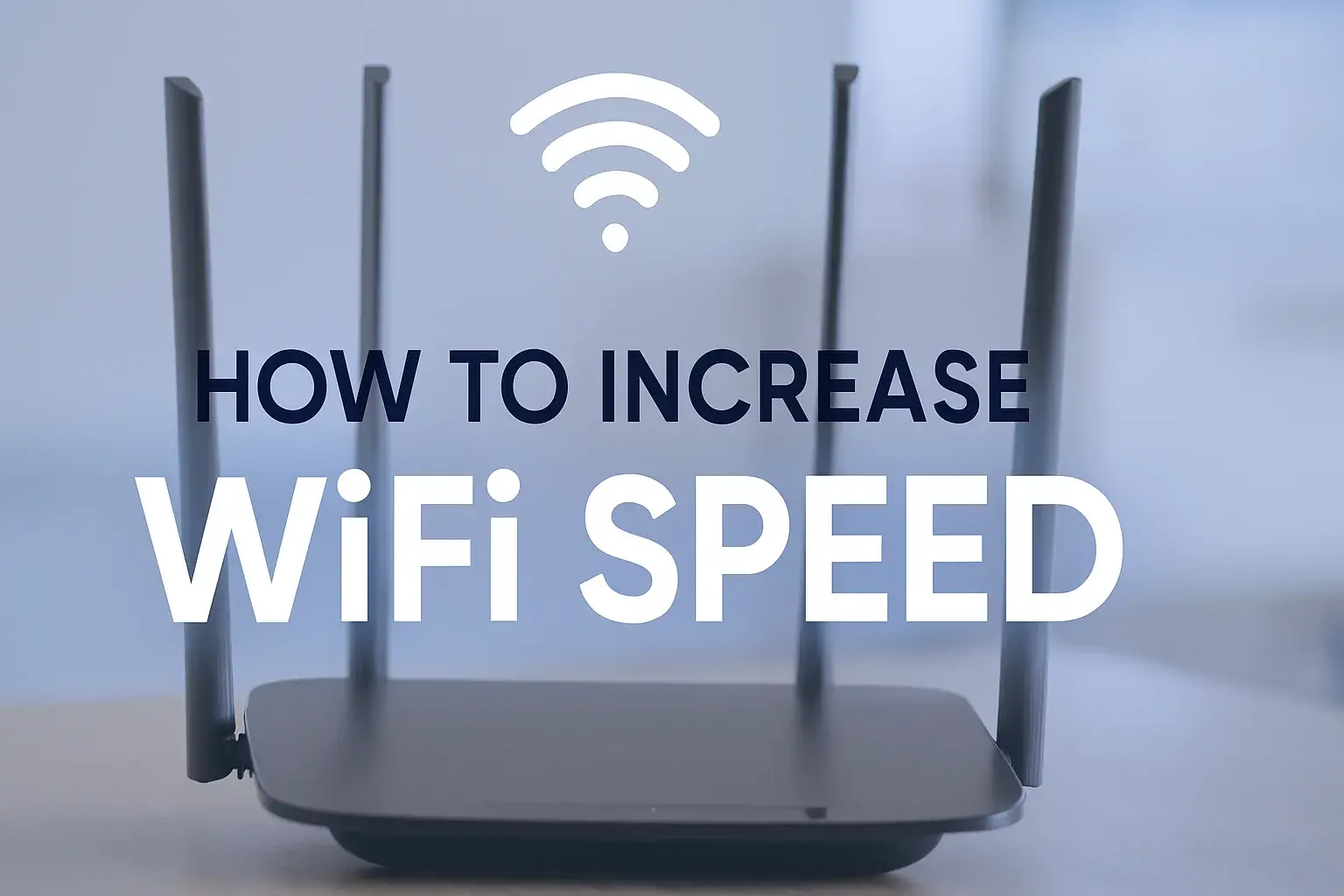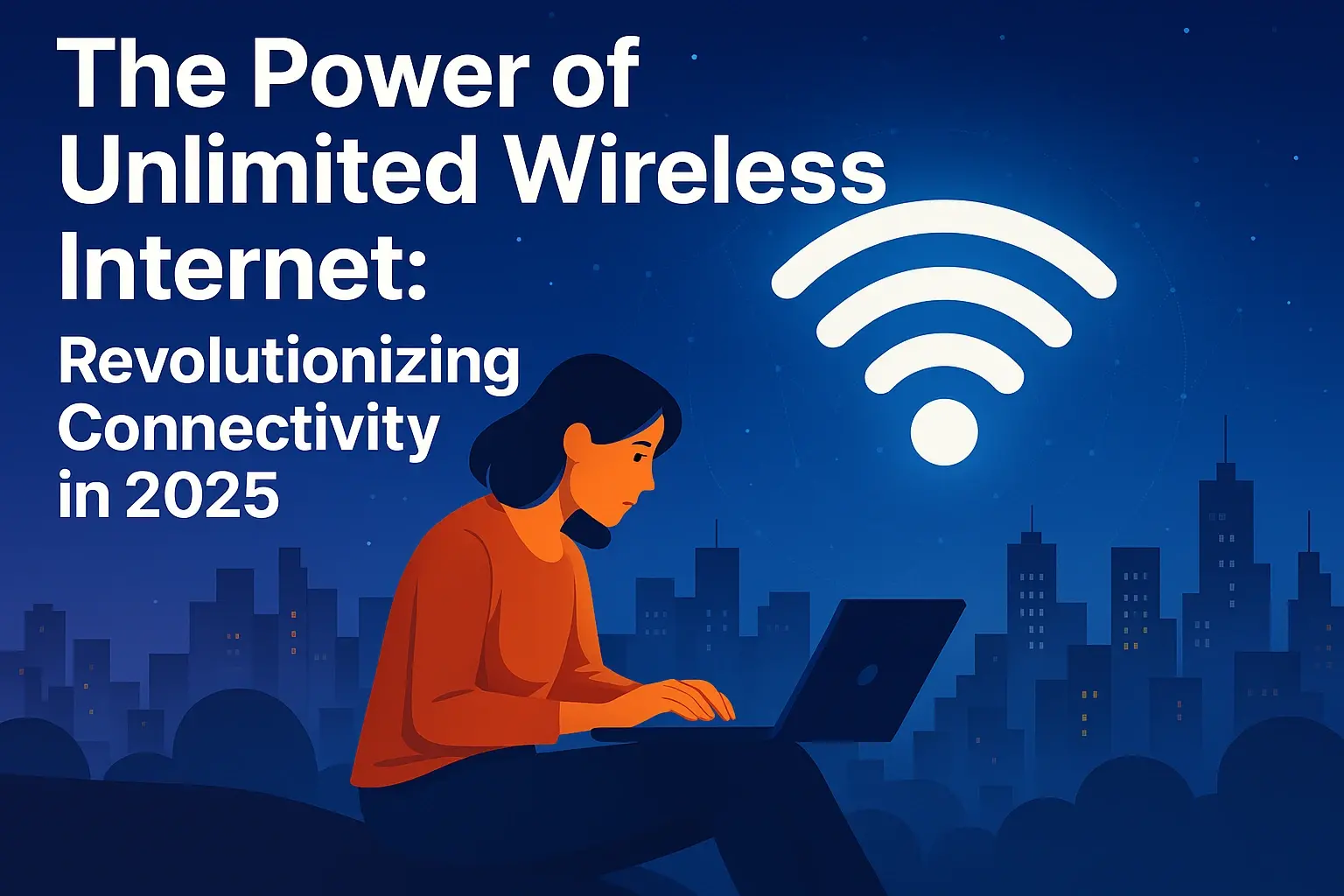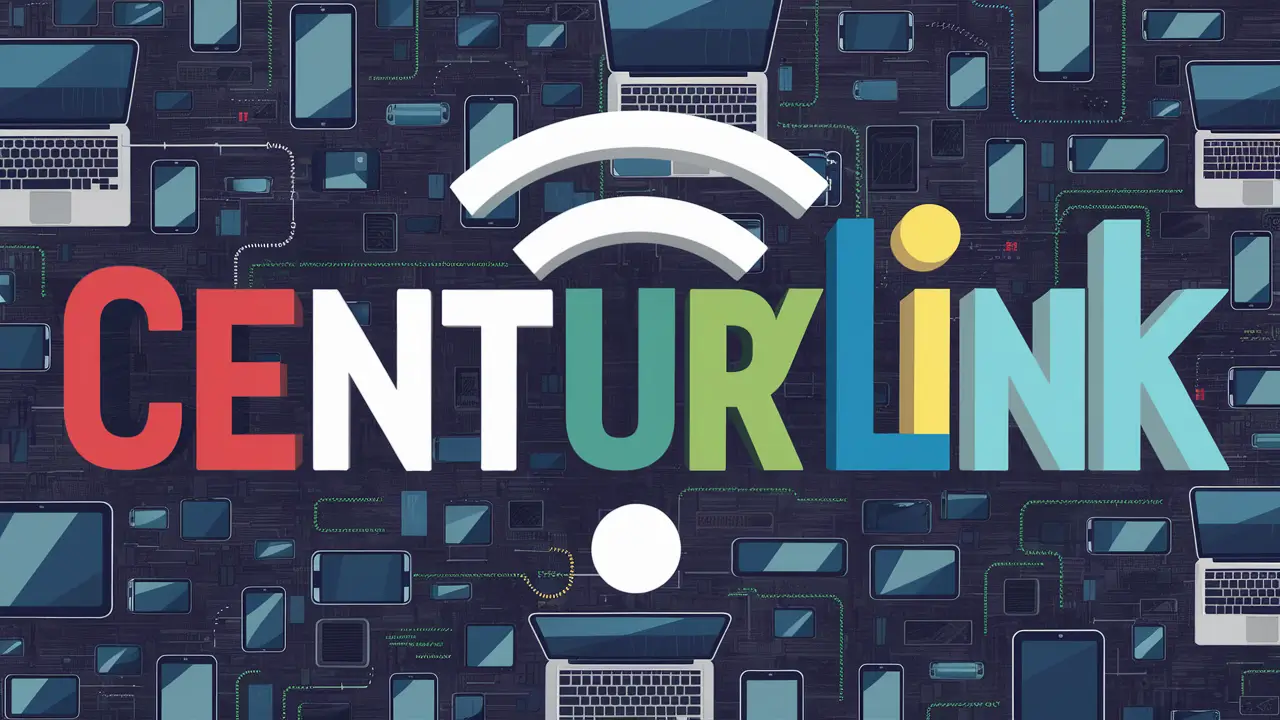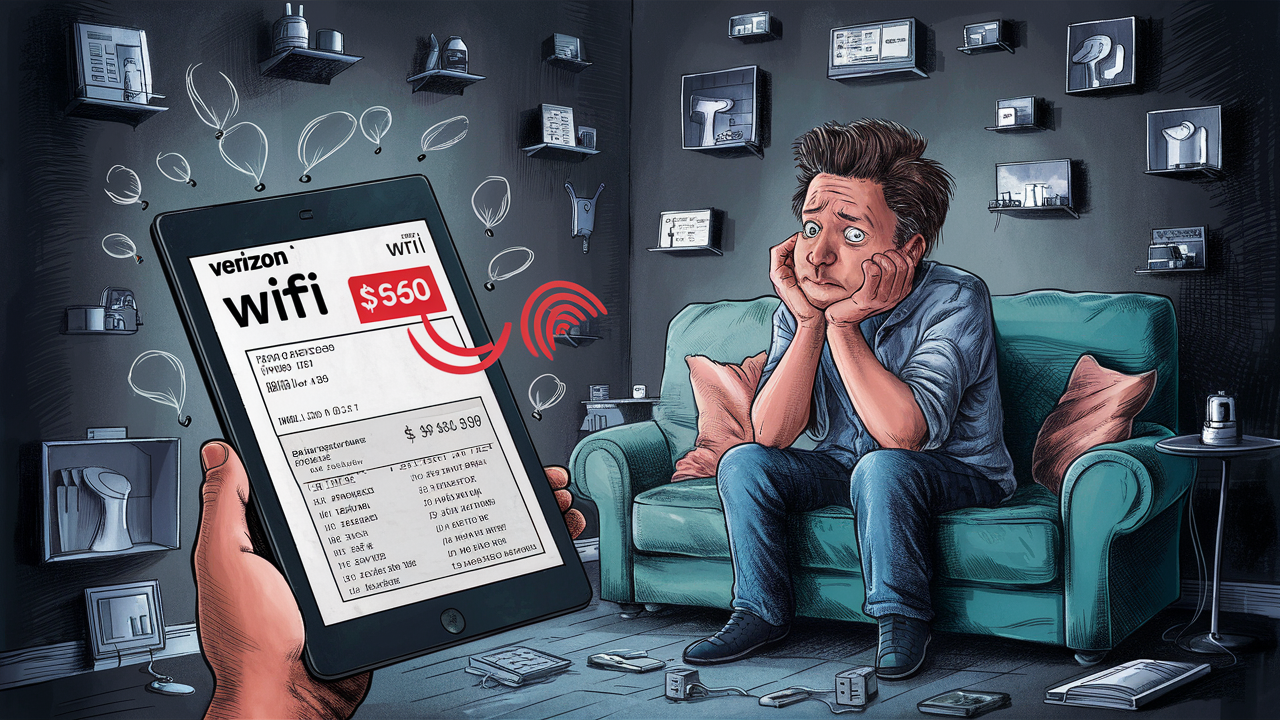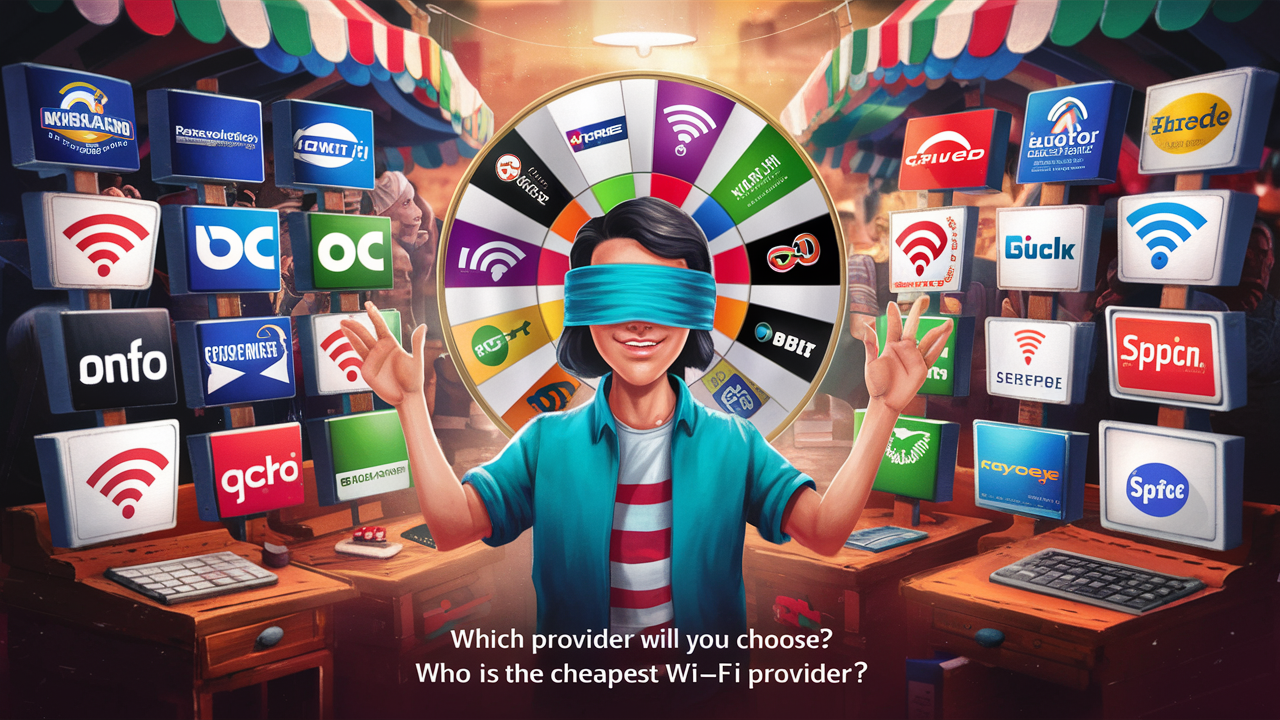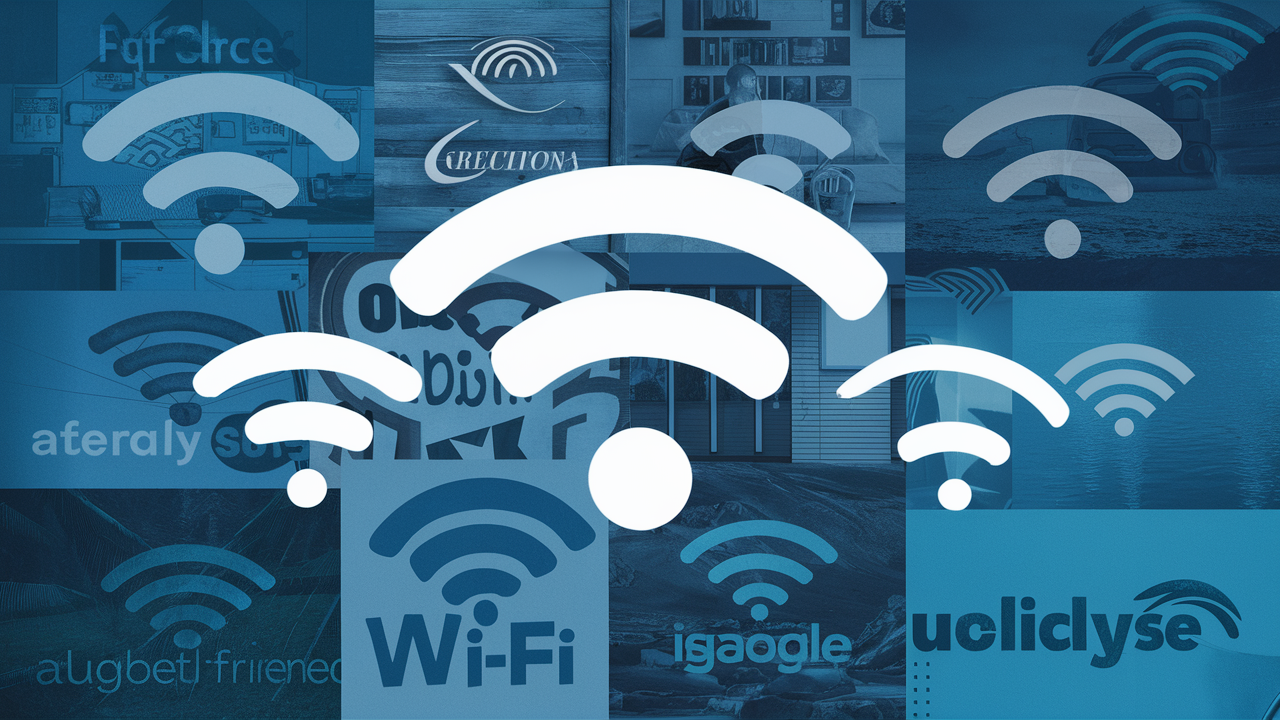Is Fiber Better than Wi-Fi?
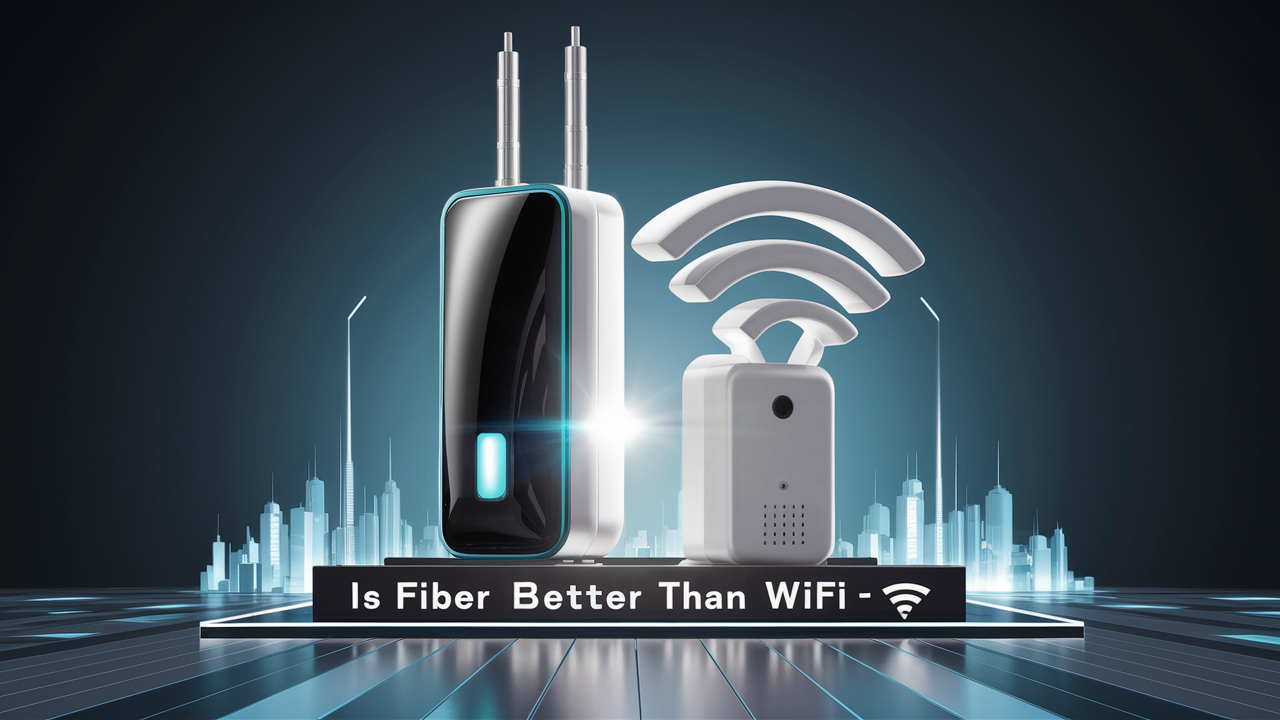
The growth of the Internet of Things, which is the use of internet connections in devices and appliances, has made it essential to have better internet speeds. Cabled Fiver and Wi-Fi are two of the most popular service delivery means when it comes to accessing high-speed internet. However, which of the two is, in fact, the superior option? Below is a range of the differences between fiber internet and Wi-Fi to assist you in making a decision.
What is Fiber Internet?
Fiber optic internet, also referred to as fiber internet, is an online connection based on light pulse transmission over fiber optic cables. Made of very thin glass or plastic structures or threads capable of light-speed data transmission, the fiber optic cables
With symmetrical download and upload speeds in fiber internet, it follows that the bandwidth capacity of both downloading and uploading is the same. This enhances, among others, video conferences, gaming, and cloud data backups. Furthermore, impervious to most common forms of interference, including electromagnetic and radio-frequency interference impacting communications, is fiber.
Fiber also possesses the potential to have a near-infinite bandwidth capability. Presently, there are usually plans with 1Gbps being the most common, yet networks can support over 1Tbps or 1000Gbps internet speeds.
What is Wi-Fi?
Wi-Fi utilizes radio waves to convey data without physical links using a wireless router linked to your direct internet source. The router has a/his own antenna through which the wireless signal is transmitted to the other Wi-Fi-enabled devices within its coverage area so that they can connect to the router/ network and use the internet without cords.
Despite Wi-Fi networks being quite popular, they are not as fast as wired networks since the bandwidth is more restricted. Currently, many Wi-Fi systems work at frequencies of 2.4 GHz or 5 GHz, where the 5 GHz band offers slightly higher maximum speeds than the 2.4 GHz band. Today’s leading Wi-Fi standard, Wi-Fi 6, offers nearly 1 Gbps or 1,000 Mbps at the fastest rate.
Fiber Internet versus Wi-Fi: The Main Distinctions
There are several key differences between fiber optic internet and Wi-Fi:
Speed
Fiber internet can reach bandwidth that is almost inexhaustible and offers symmetrical connection which is gigabit and above 1Gbps. It is a fact that wireless speeds get as high as 1 Gbps but as for the average speeds for the majority, these are below 500 Mbps.
Reliability
Fiber optic cables are much less prone to failure once they have been installed, and their network system has failsafes to avoid network disconnection. The strength of the Wi-Fi signal decreases with distance and with the number of structures and other barriers between the router and the devices. Links can be affected or disrupted and, therefore, tend to be down or slow.
Latency
There is hardly any lag associated with the use of fiber optic networks as the transmission of data is real-time. Wireless connectivity latency and ping speeds are variable due to the interference from walls, other appliances, etc, due to wireless signals that affect a game.
Range
Fiber internet is delivered through physical cables into a home or building and as such, its infrastructure is based on the physical fiber optic cables infrastructure. Wireless Internet connection can go up to a maximum of 300 feet before it loses strength and starts to fade inside the house.
Security
The actual fiber optic networks are highly reliable and virtually impossible to tap without physically getting your hands on the fiber cables themselves. It is important to remember that Wi-Fi signals can be easily decrypted by anyone with a tool that is compatible with the frequency used and some hacking skills.
Price
Fiber internet has high upfront costs as compared to other connection types, but the monthly subscription fee is peanuts compared to the former, usually ranging between $50 per month. Customers do not make significant initial investments to use WI-FI through wireless routers but may be charged more than $60.
Is Fiber Really “Better” than Wi-Fi?
From the foregoing, it is evident that fiber optic internet is far much better than Wi-Fi internet access in almost every technical facet such as speed, trust, delay, and defense. However, Wi-Fi is much more convenient in terms of wireless mobility and the ability to roam without any physical cables. Moreover, fiber internet is not fully adopted yet, and Wi-Fi is used to address this problem in rural regions frequently.
The latest Wi-Fi standard can handle most home requirements, such as Internet browsing, streaming services, and basic smart home applications. But, fiber begins to show its strengths as it relates to larger areas, businesses, and applications that require high data transmission, multiple devices, or activities that are indeed impacted by latency, such as gaming.
The bottom line: But as convenient as Wi-Fi is for mobile connection, fiber optic internet is technologically superior and offers a faster and more stable wired connection for your bandwidth-intensive activities. It also helps to understand that Wi-Fi and fiber are compatible as fiber brings internet connection to a property, while Wi-Fi routers spread it wirelessly indoors.
Not only does it offer the internet speeds and bandwidth potential now, but when you have a choice to have fiber lines run into your home or business, it will offer far more long-term than simply relying on Wi-Fi. However, it is advised to also continue using Wi-Fi to have freedom of wireless networking for all smart devices and mobile technologies with fiber optic internet as a backbone.
Ready to upgrade your internet experience? Call us now at +1 844-349-7575 to explore the best Cox Internet plans for your needs!
